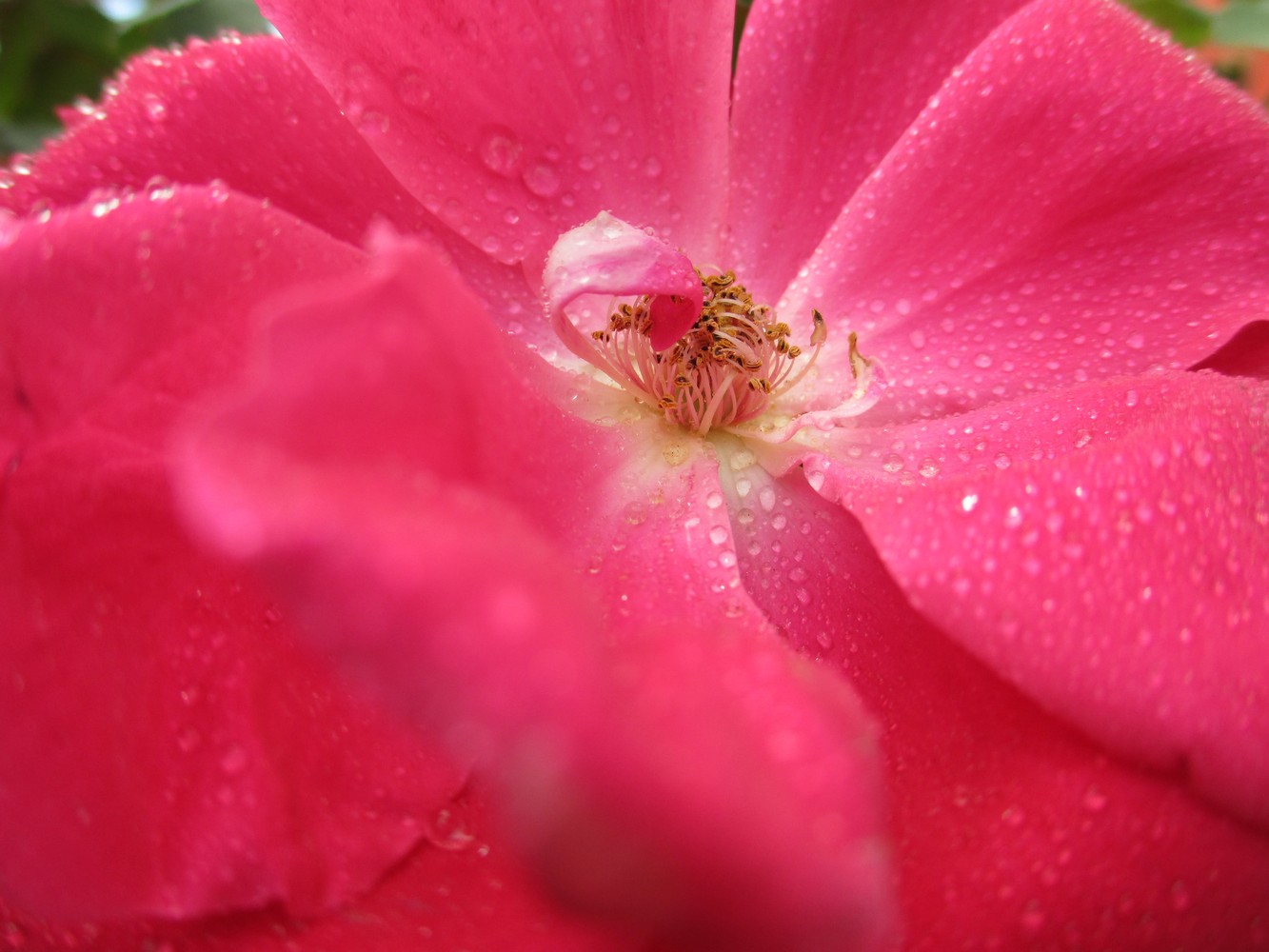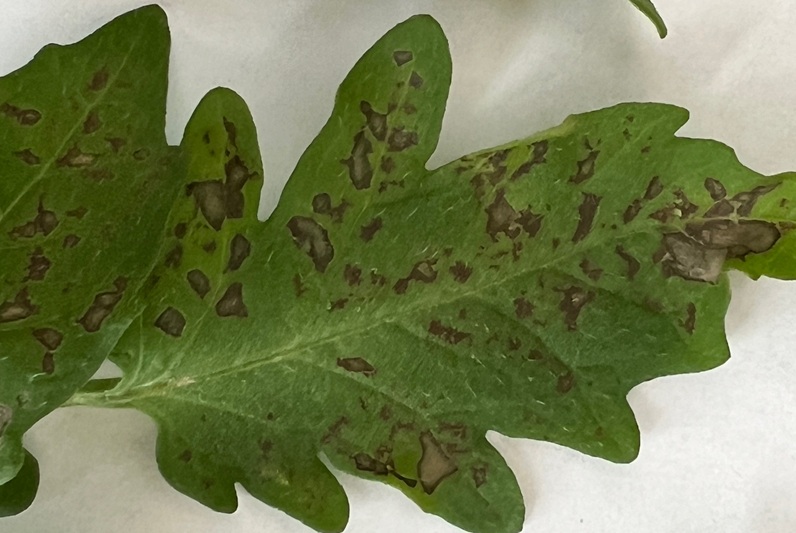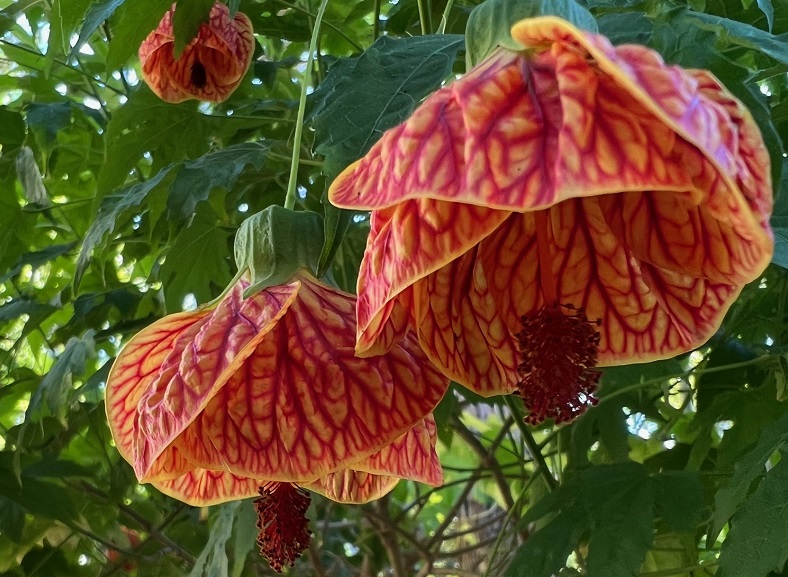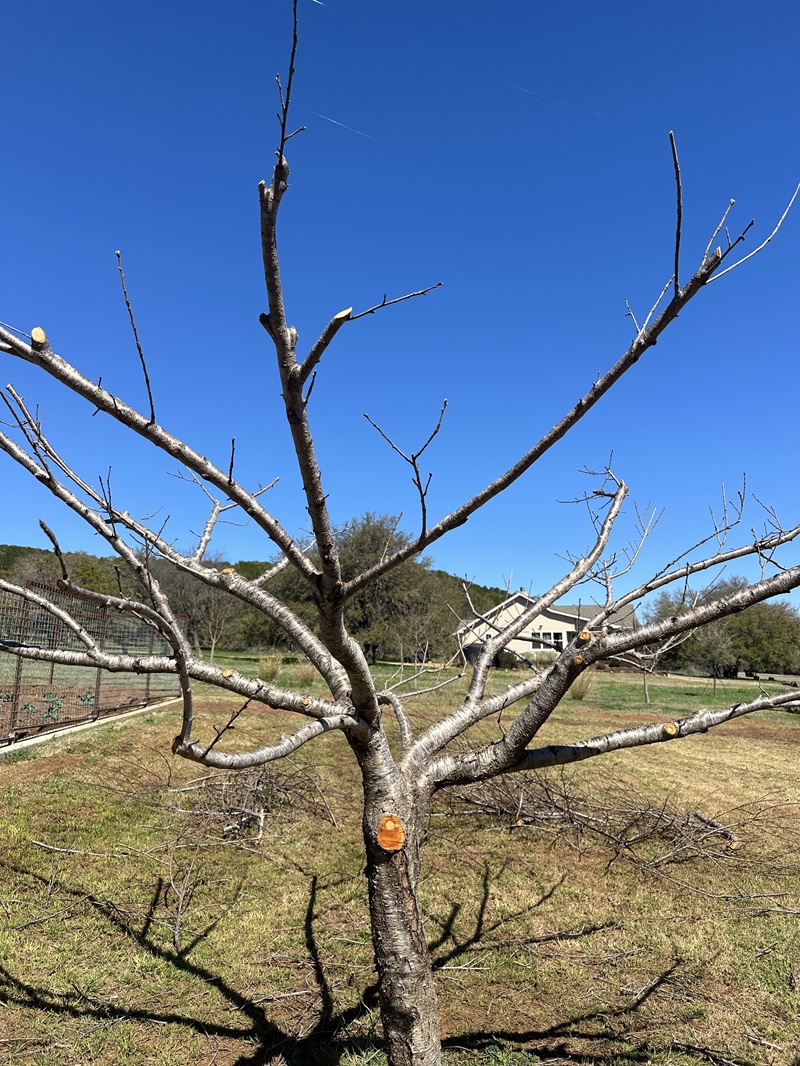Growing Roses
Knowing which class of rose you want to grow is an important decision. Shopping for roses can be confusing, and having a basic knowledge before you choose your rose can increase your chance of success.
Roses with similar characteristics are grouped in to a number of different “classes”.
Hybrid Tea roses are usually grafted (budded) on a vigorous rootstock, and bear large, many-petaled flowers that grow on a long stem. They can bloom continually throughout the growing season, and many are fragrant. These roses usually grow quite tall, (3’-6’) and have an upright form. They tend to require a little more maintenance in Central Texas, but if you like the “cut flower” type of rose, these are for you!
Grandiflora roses are upright growers with large flowers in clusters on a branch. They usually grow to 3’-6’ tall, are a good choice for background color in the garden, and have flower stems long enough to cut and display in a vase. They bloom continuously throughout the growing season.
Floribunda roses, recognized as a group since the mid-1940’s, are derived and refined from Hybrid tea roses. They have flowers smaller than Hybrid tea roses which grow in clusters on short stems. These roses are usually compact 2’-3’ bushes and bloom consistently throughout the season.
Shrub and ground cover roses include many groups of roses, including Knockout, Nearly wild, Home Run, Watercolors Home Run, The Fairy, English roses and many subgroups. Drift and Flower Carpet roses are included in this group as well. These bloom continuously throughout the growing season, are usually easy to grow and are used often in landscaping.
Heritage, Antique, or Old Garden Roses are roses that were discovered or hybridized before 1867. The classification “old garden roses” is made up of subclasses of roses, including alba, bourbon, china, damask, hybrid perpetual and the species rose. Many old garden roses bloom only once during the growing season, but there are repeat bloomers available.
Climbing roses don’t really climb like true vines, but have long canes that require anchoring to a fence, trellis or other support. Roses will bloom along the length of the cane. Some climbers bloom only once per season, and others bloom continually throughout the growing season.
Rose Bed Preparation
Once you have selected the roses you wish to grow, it is time to consider where to plant them to have the greatest chance of success.
Light: Roses need at least 8-10 hours of direct sun each day. Morning sun is essential, but light afternoon shade is tolerated and even beneficial in Central Texas.
Air Circulation: Air movement discourages disease by helping the dew and rain water on leaves to evaporate quickly. Too much wind, on the other hand, can damage foliage and flowers by removing essential water from the tissue. Use wind breaks where necessary.
Drainage: Roses will not survive in areas with poor drainage. Before planting, dig a hole 18” deep and fill it with water-it should drain within a few hours. Watch carefully where “seasonal” rainfall pools, and avoid these areas or plan a raised bed.
Soil: Roses are quite tolerant of many soil types, but will actually thrive if care is take to improve soil. All soil types can easily be amended with organic matter such as Fox Farm Soil Conditioner or Heirloom Soils Leaf Mold compost. If the existing soil is rocky or poor, you may need to excavate or build a raised bed to grow your roses in. Soil should be 15”-18” deep. If you are amending existing soil, spade or till organic matter to a depth of at least 15” in the entire rose bed.
Location: Avoid planting near trees and other shrubs that will compete for light, water and nutrients. Plant them where you will see them every day. You will not only enjoy them more, but you will be more likely to notice the first sign of trouble and be able to treat them accordingly. This will help you remember to prune, deadhead, fertilize and water them at the appropriate time. Be sure to have a water source nearby, for supplemental watering and application of insecticides and fungicides. Space them far enough apart to give good air circulation, and for access to prune and treat for pests.
Fertilization: Roses are heavy feeders, and roses that are fed regularly will be more able to fend off diseases and insects than roses left to fend for themselves.
- January thru February: As the ground begins to warm up in mid to late February, apply an organic rose fertilizer such as Maestro Gro Rose Glo.
- March thru May: Apply an organic rose fertilizer monthly.
- June thru August: Apply an organic rose fertilizer such as Maestro Gro Rose Glo monthly or use a water soluble such as FoxFarm Big Bloom every two weeks.
- September to October: Lightly shape or deadhead and fertilize with Maestro Gro Rose Glo to encourage fall blooms.
Insect and Disease Control: Roses are prone to many diseases and insects. Keeping roses as healthy as possible and avoiding stresses will reduce the incidence of pests. Following good cultural methods, such as avoiding watering overhead and cleaning up all fallen leaves promptly will reduce disease incidence. Inspect roses often for problems, and treat them quickly. Black spot, aphids, flower beetles and cane borers can do a lot of damage in a short period of time.
Pruning: Any major pruning of roses should be done in mid to late February, before new growth begins. Read our rose pruning blog to learn more about pruning different types of rose HERE.




